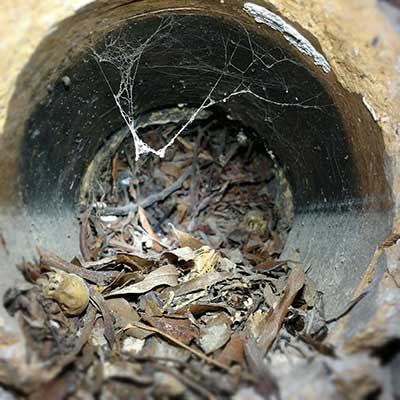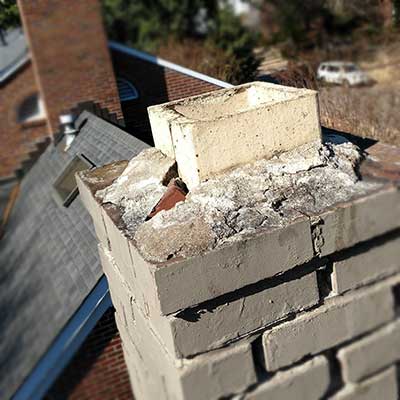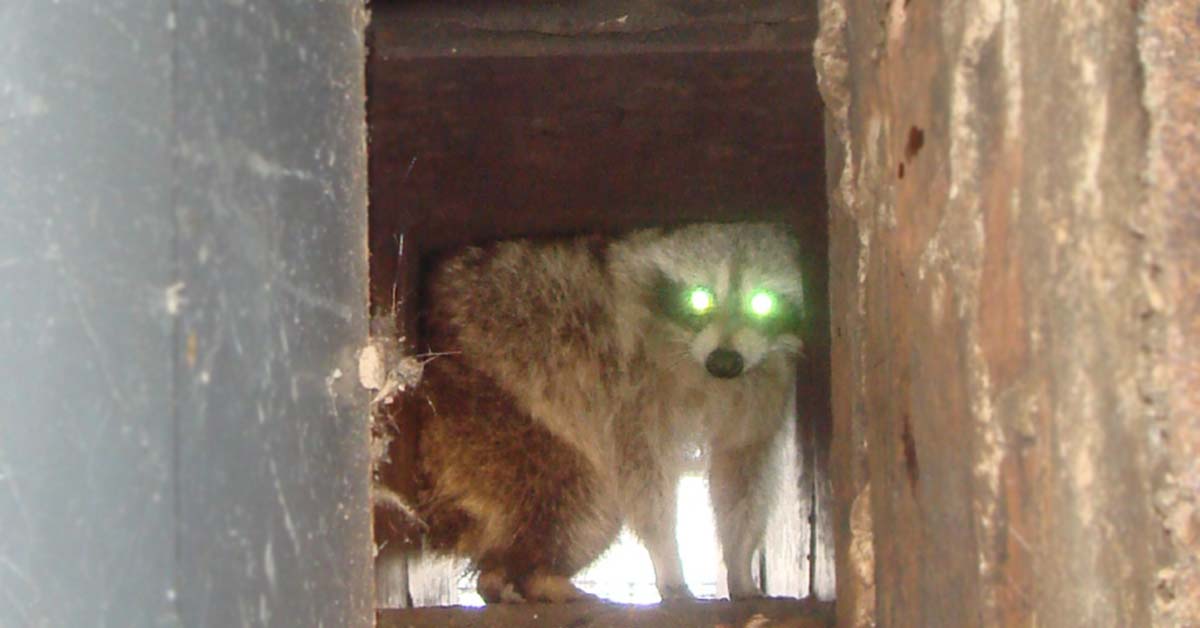Noises and Odors
Do you hear strange scratching noises or smell unusual odors coming from your chimney?
Chances are, you have chimney critters. Animals and birds love to live in chimneys. This can be a health hazard as many of them carry diseases and sometimes they become trapped and die in your chimney.
It’s that time of year again. Animals are starting to stir from their winter slumber and birds are returning from their yearly migrations. Spring is coming and all kinds of critters will be looking for a new home to raise their young in. One of the favorite places they like to nest is in chimneys. Birds and animals can cause serious damage to the chimney and surrounding structures and spread a variety of diseases to humans through their droppings that fall into the fireplace and home.
Get Help Now!
Contact us today to have one of our trained and certified technicians evaluate the source of your problem and identify solutions. Call Our Central Arkansas Office: (501) 372-8888
View the List of Common Chimney Critters and Their Diseases


Chimneys offer a conveniently prebuilt structure safe from the elements that all kinds of critters find irresistible, especially if you haven’t used your chimney in awhile. Possums and raccoons can be a real nuisance due to their high level of activity and large litters. Squirrels and birds can get out of control with their nest building and have been known to completely clog up chimneys if left alone to run amuck.
Getting Rid of Critters
Once critters have established a home in your chimney they are hard to get rid of and repairs can be expensive. It’s best to get rid of them as soon as you notice their presence. The health hazards they pose is a risk to you and your family, but there is a way to get help. Your chimney professional can help you get rid of pest animals and clean your fireplace and chimney so your family is safe.
Rambunctious raccoons don’t like being evicted as you can see in this video from a wildlife control company in Vancouver.
The best way to deal with invasive chimney critters is to stop them before they even get started. A properly installed chimney cap with a protective screen can keep most critters out and give you some peace of mind. In addition, chimney caps help prevent leaks and can save you thousands of dollars in costly home repairs. Talk to your local chimney service professional to discuss your options and recommendations for the correct chimney cap to fit your heating system.
Protect Your Home from Chimney Critters
Contact A-1 Chimney Pro today to discuss your options for chimney pest removal and prevention in central Arkansas.
Why You Should Never Try to Remove Chimney Critters Yourself

Aggressive Animals in Your Chimney
You should never try to remove animals from your chimney yourself. Parenting animals can be very aggressive and attack you when you disturb their nest. Even worse, some animals like raccoons, possums, bats and squirrels carry rabies. Animals with rabies will charge you repeatedly like zombies, even when repelled, in an effort to attack you. Always call a chimney professional who has experience dealing with chimney critters instead of trying to deal with infestations yourself.
Dead Animals in Your Home
One of the worse things about chimney critters is that birds and other animals alike can fall down your chimney and die there where they decompose and stink up the whole house. Sometimes homeowners try to remove chimney pests themselves and simply scare the critters into hiding in places where they become stuck and die.
Do not try to remove dead animals from your chimney yourself! Animal carcasses are a health hazard best left for professionals to deal with.
Common Chimney Critters and Their Diseases
Here are some of the most common types of chimney critters and the health hazards associated with each.
Squirrels
Salmonellosis – Salmonella bacteria found in their droppings causes diarrhea, abdominal cramps, and fever.
Lyme disease – spread by the ticks squirrels carry and symptoms include nerve pain, stiffness, and inflammation of the brain or spinal cord.
Tularemia – an unpleasant condition that brings about swollen lymph nodes and ulcers.
Leptospirosis – symptoms include fever, headache, vomiting, jaundice, and rash.
Rabies – though rare, sometimes squirrels pass this virus onto humans via biting or scratching.
Raccoons
Raccoon Roundworm – Raccoon roundworm, or Baylisascaris procyonis, parasitizes a raccoon’s intestines, and the worm’s eggs show up in the raccoon’s feces. People and pets who unknowingly ingest roundworm eggs may become infected. Symptoms may vary, but include loss of muscle control, liver complications, fatigue and blindness if the eyes are affected.
Giardia – Humans become infected by ingesting the infective cysts in the raccoon’s feces. Symptoms include nausea, abdominal cramps, diarrhea and dehydration.
Leptospirosis – Raccoons excrete the disease-causing organism in their urine. Symptoms include aching muscles, headache, high fever, jaundice and diarrhea. In some cases, infections may be mild or show no symptoms.
Rabies – Rabies is a severe, and often fatal, viral polioencephalitis that specifically affects the gray matter of the brain and its central nervous system (CNS). Raccoons infect people and pets through bites.
Birds
Histoplasmosis – A respiratory disease that may be fatal. It results from a fungus growing in dried bird droppings.
Cryptococcosis – Caused by yeast found in the intestinal tract of pigeons and starlings. The illness often begins as a pulmonary disease and may later affect the central nervous system.
St. Louis Encephalitis – An inflammation of the nervous system, usually causes drowsiness, headache and fever. It may even result in paralysis, coma or death. The disease is spread by mosquitoes which have fed on infected house sparrow, pigeons and house finches.
Candidiasis – A yeast or fungus infection spread by pigeons. The disease affects the skin, the mouth, the respiratory system, the intestines and the urogenital tract, especially the vagina.
Salmonellosis – Often occurs as “food poisoning” and can be traced to pigeons, starlings and sparrows. The disease bacteria are found in bird droppings; dust from droppings can be sucked through ventilators and air conditioners, contaminating food and cooking surfaces.
Possums
Murine Typhus – This illness causes a severe infection that can lead to chills, fevers, confusion, sensitivity to light, and vomiting.
Rabies – If not treated immediately, this is a life-threatening illness where death is slow and painful.
Leptospirosis – A bacterial infection that can leave an array of symptoms from kidney and liver failure to respiratory problems and even death.
Toxoplasmosis – The leading reason that a person will die from a foodborne disease in the United States. If you get the illness from a possum this can be extremely serious.
Coccidiosis – A parasite that gets into the intestinal tract of animals including people. This is spread through the feces of the possum. When touched by a human, even if they walk through it, the parasite works its way into the blood stream, where it can cause serious issues.
Bats
Bats can carry over 60 different human transmittable diseases. Here are a few of the most common.
Coronaviruses – Positive-sense, single-stranded RNA viruses, Alphacoronaviruses, betacoronaviruses. Causes upper-respiratory infection, including runny nose, coughing, sore throat, and sometimes a fever which can lead to pneumonia.
Rabies – Virus (family Rhabdoviridae, genus Lyssavirus).
Although bats are not unique among mammals to carry rabies, they are known to carry and transmit the disease. They are a source of rabies fatalities in the United States which results in one to two infections per year.
Filoviruses – The filoviruses are responsible for fatal hemorrhagic infections in humans. These include Marburgviruses (MARV) and Ebolaviruses (EBOV).
Take Action…
Don’t let critters run rampant in your chimney. Contact us today. We can solve your critter problem.




One Response
Thanks for explaining that it can be expensive to have your home repaired after having a critter in it. My grandma has a chimney that she doesn’t use. I bet there is a critter in there so we’ll have it cleaned out and repaired.